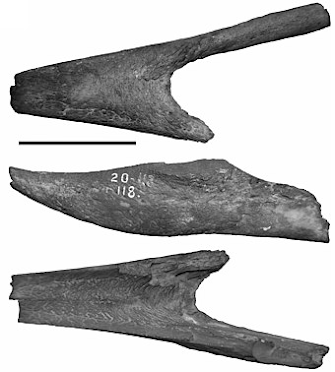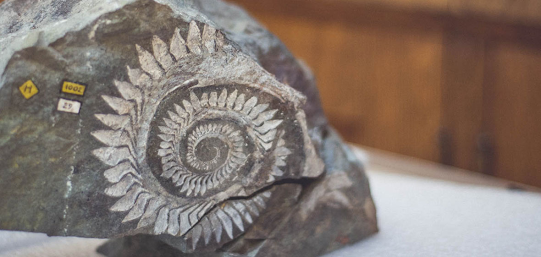Fossil Friday #4 - Phorusracids (Terror Bird)

66 million years ago, the K-Pg extinction event saw the end of the (non-avian) dinosaurs. This marked the beginning of the reign of mammals on earth, as they were able to diversify and evolve to fill almost all niches that were previously unattainable during the Mesozoic era. As with any trend in evolutionary biology, there are always outliers. Up until ∼ 100,000 years ago, South America was ruled by a group of theropods, the Phorusrhacids, also known as the Terror Birds. A diverse group of birds, 18 species have been discovered so far, mostly in South America, an area that produced some of the Cenozoic's most astonishing animals, due to its isolation from the rest of the world up until the land bridge between North and South America was formed ∼2.6ma (AZ Animals, 2020). The type specimen, belonging to Phorusracos longissimus , is of a fragmented mandible, equalling 60cm in length, and was discovered by Florentino Ameghino at the Santa Cruz formation, Patagonia in 1887. At first,

